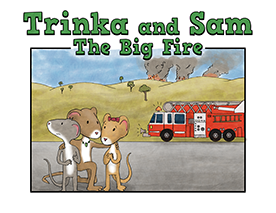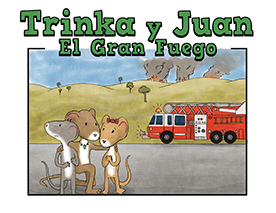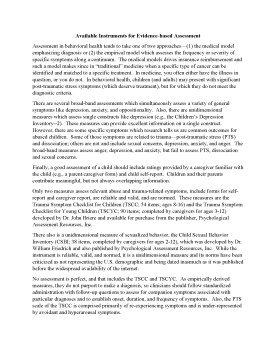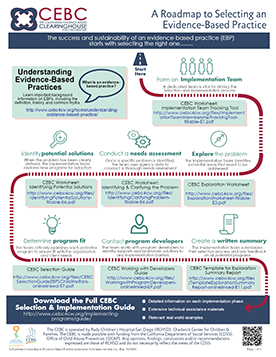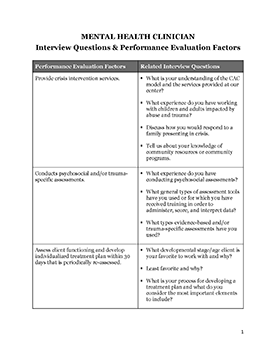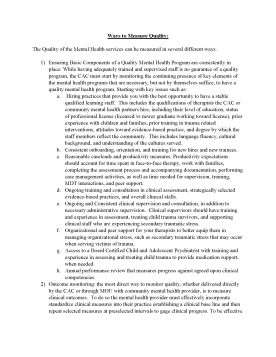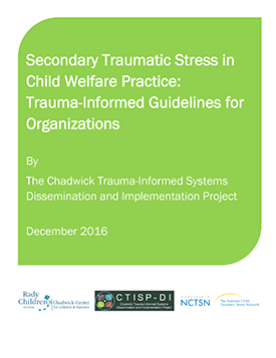
Trinka ak Sam Nan Yon Jounen Anpil Van ak Lapli (in Creole)
Offers parents and caregivers a way to talk with their children about hurricanes. This children’s book describes some of Trinka's and Sam’s reactions to a hurricane, talks about how their parents help them express their feelings and feel safer.
